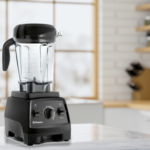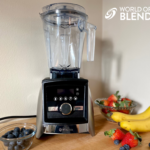This post may contain affiliate links. If you use these links to buy something we may earn a small commission. Thanks.
With even the entry-level model costing almost $300, a Vitamix blender is not a cheap purchase. It can be pretty stressful when you realize that your Vitamix stopped working for no apparent reason.
Fortunately, Vitamix offers a warranty of 5-10 years on new machines and up to five years on refurbished blenders. And most people don’t ever need to use the warranty.
Thanks to the reliable quality of Vitamix blenders, less than 2% of new products are returned for servicing and repairs. This is just one of the reasons Vitamix blenders are worth the money.
Even if your Vitamix blender has stopped working, you won’t necessarily need to get it repaired or replaced. Some simple fixes can quickly and easily get your Vitamix working again.
So, before you panic, check these eight common reasons why a Vitamix might stop working. In many cases, the fix is easy. You’ll be blending again in no time!
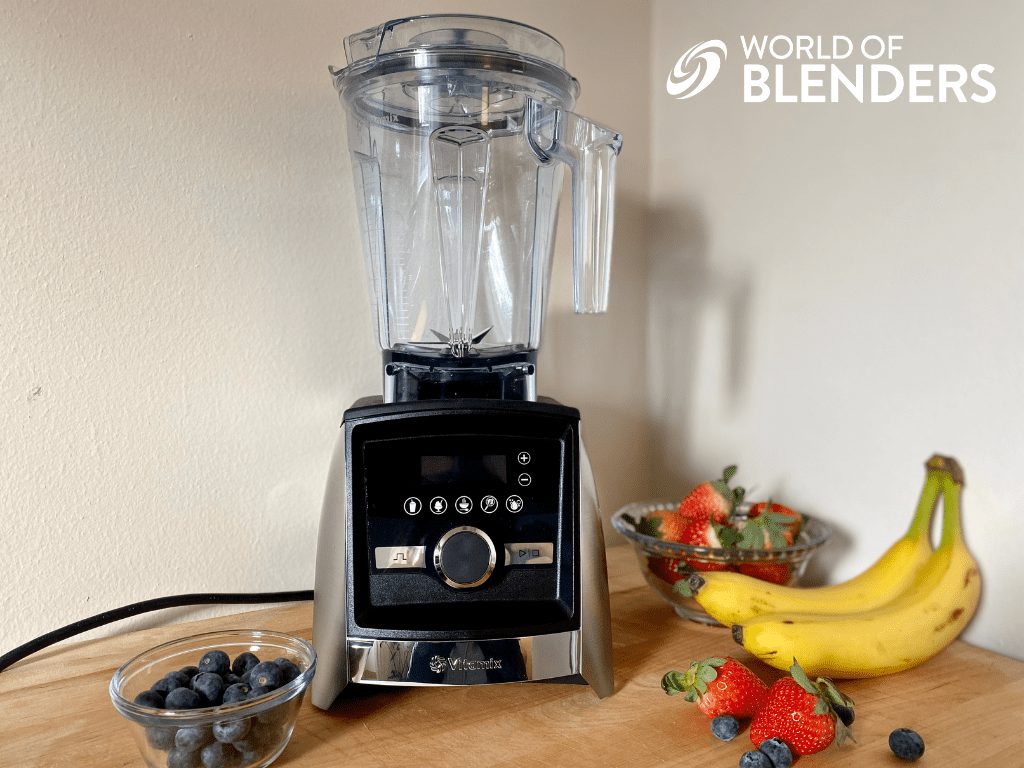
8 Reasons Why Your Vitamix Stopped Working
There are 8 reasons that may explain why your Vitamix won’t turn on. Some of these are user error while others might be an issue with your blender.
If none of these solutions work, check out our guide on where to buy a Vitamix so you can get the best deal.
Blown Fuse or Power Problem
When any electrical device stops working, the first thing you should check is that the appliance is receiving power.
Is the Vitamix blender plugged in? Has the fuse blown in the plug? Is there a problem with the wall outlet or even a power cut to the property?
If your Vitamix won’t turn on, then this is the most likely reason.
Try connecting another appliance to the same outlet and see if it switches on. If it doesn’t, the problem probably isn’t with your Vitamix.
If the other appliance does switch on, but there’s no sign of life in your Vitamix blender, then it suggests your blender has an electrical fault.
The best thing to do if you suspect that your blender’s motor is faulty is to contact Vitamix, as it will most likely be covered under warranty.
The Container is Not Properly Attached
Vitamix blenders have a feature known as the Safety Interlock System, which prevents the blender from starting if the container is not properly attached.
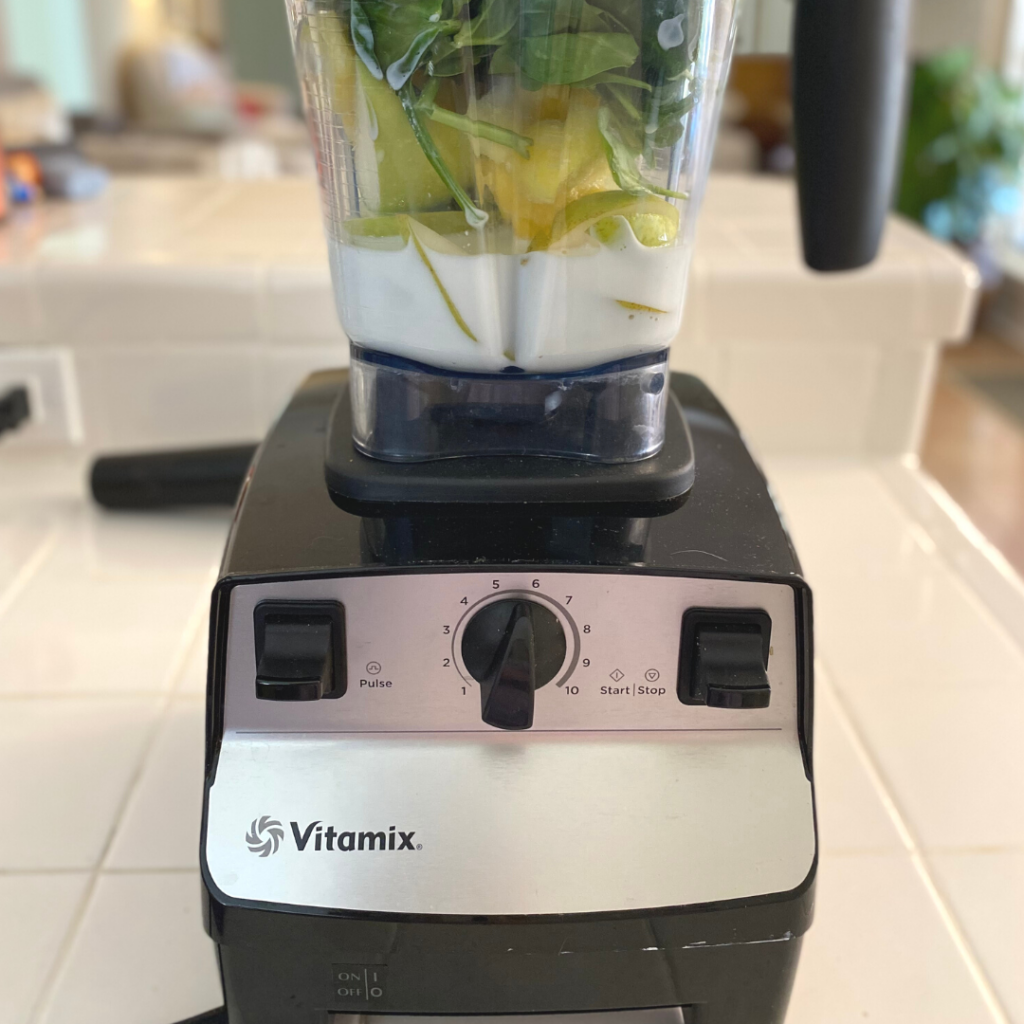
If your Vitamix appears to be powered on but the motor is not starting for some reason, try removing the container and reattaching it.
Make sure the container is firmly locked in place and then trying running the blender again. If it works this time then the problem was that the container was not connected correctly.
Overheating Motor
Another safety feature of Vitamix blenders is Automatic Overload Protection. This system automatically switches off the blender if it detects that the motor is getting too hot. If your Vitamix smells like it’s burning then you might have an overheated motor.
If your blender suddenly switches off – or does not start after a long period of constant use – then it is probably an overheating motor that is the cause of the problem.
It will take some time for the motor to cool down, so the best thing to do in this situation is to unplug the blender and leave it switched off for an hour. Once the temperature of the motor has returned to a safe level, the blender will switch on again as normal.
If you need to use the blender urgently then there are steps you can take to speed up the cooling process. For example, you can remove the container and blow cool air towards the motor using a hair drier on a cold air setting.
Your Vitamix might stop working if you try to blend frozen fruit without liquid!
The Drive Socket is Too Tight
The drive socket is the part of your Vitamix blender that connects the motor to the blades within the container. The drive socket has teeth that couple with the blade assembly, causing the blades to spin when the drive socket spins.
The drive socket is connected to the blender base using a small hexagonal screw. Ideally, you want this screw to be about a quarter turn away from being completely tight. This allows the drive socket just a little bit of vertical movement.
If the screw is tightened all the way, the drive socket will be too tight and may not rotate the blender blades correctly.
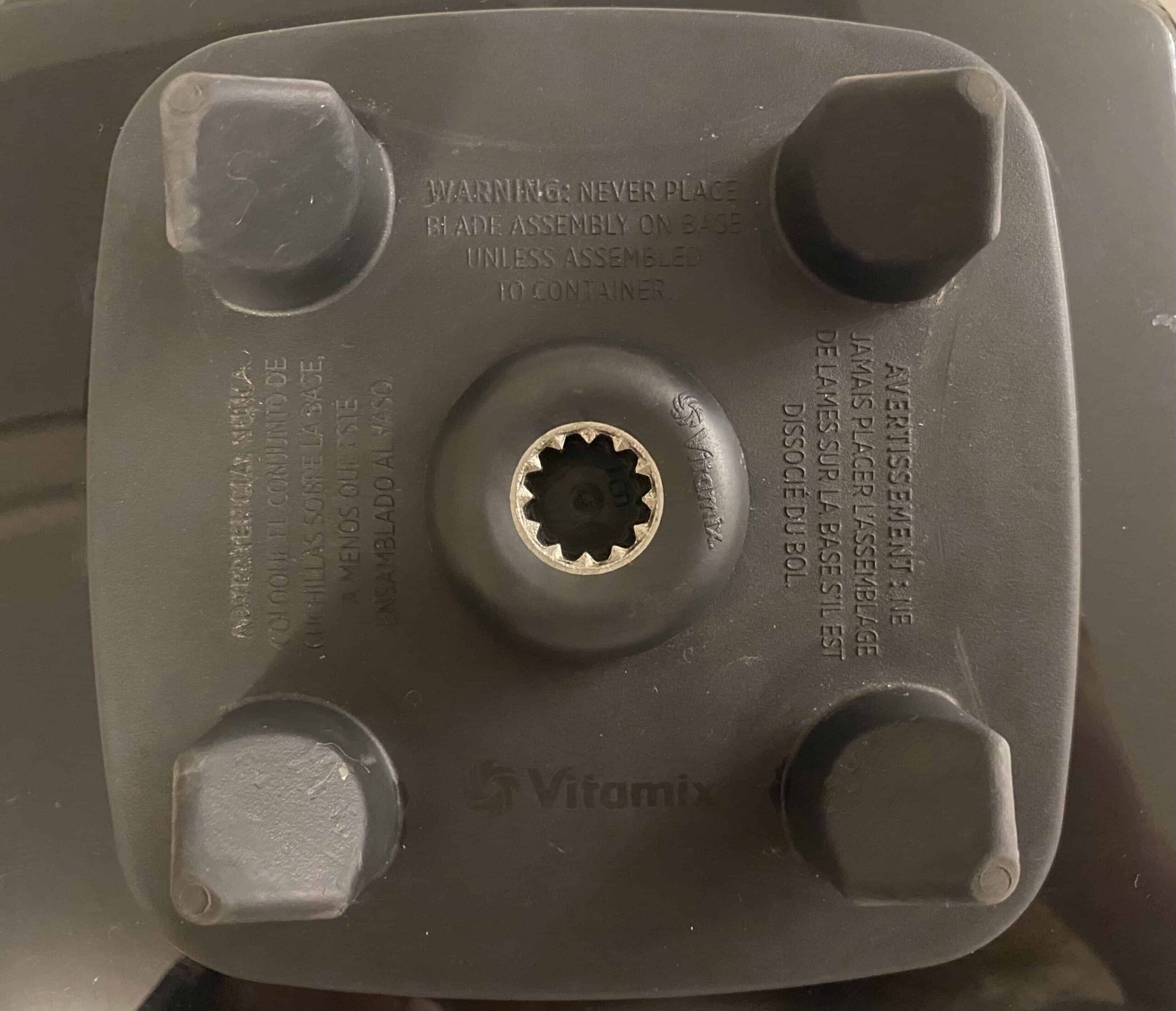
The Drive Socket is Too Loose
We’ve already explained how the drive socket being too tight can be a problem, but the drive socket being too loose can be an issue too.
If your Vitamix blender is powered on, the container is connected properly, but the blades are not rotating as you expect, then you should check your drive socket.
The drive socket in a Vitamix blender should not spin easily by hand or have lots of vertical movement. You should just be able to push it up and down slightly.
To be sure your drive socket is tightly connected, rotate the hexagonal screw until it as tight as it will go, then loosen it by approximately one quarter turn.
The Drive Socket is Damaged
The job of the drive socket in your Vitamix blender is to spin at very high speeds while connected to the blade assembly. Inevitably, this causes wear and tear, and the socket’s teeth get worn down over time.
The fact that drive socket teeth wear away is completely normal, which is why you can buy replacement drive sockets.
If you notice that your blender blades are not rotating properly, check yor drive socket. Its teeth shold look sharp and well formed and there should be no cracks in the plastic casing.
If the teeth are flat – or even worn away entirely – or if there are any cracks in the drive socket, then it is time to order a replacement.
The Blender is Too Full
Your Vitamix blender needs air in the container to enable a nice flow of ingredients around the blades. If the container is too full, the blender will stop spinning.
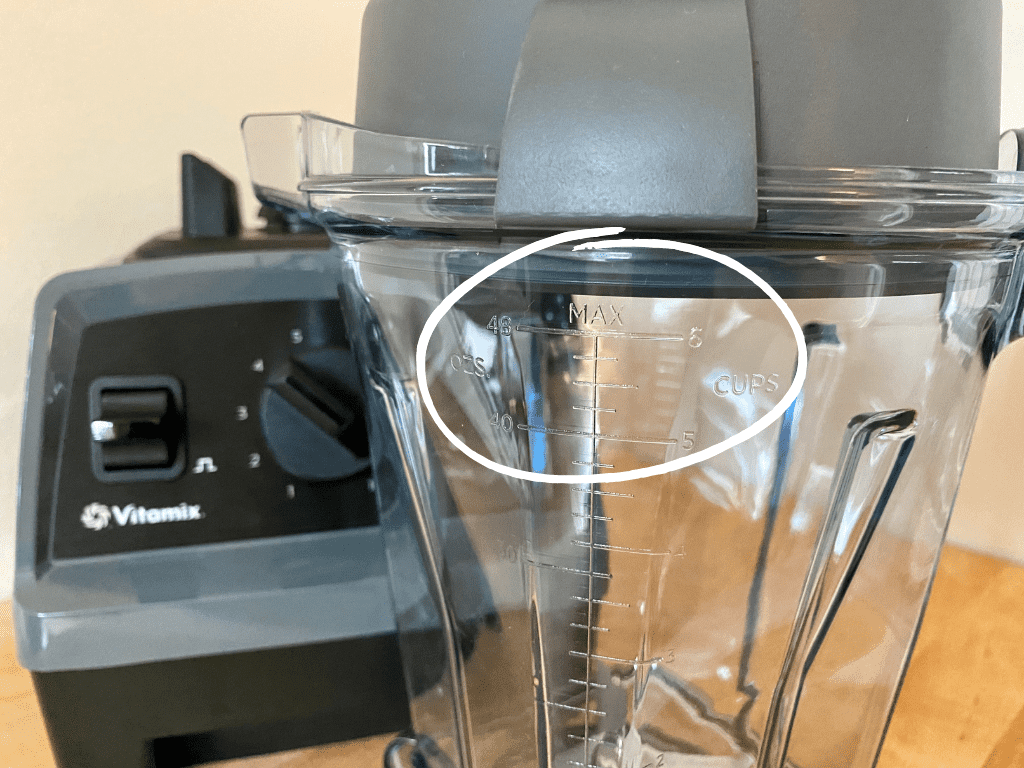
To avoid this issue, only fill your container up to approximately half way. This is particularly important when using heavier ingredients. When blending heavy items, you may need to reduce the quantity that you are blending at one time or add some liquid to help the mixture rotate freely.
When adding ingredients to the container, always start with liquids first, followed by soft ingredients, and finally harder ingredients, such as ice.
In some cases, it can also help to use the tamper that comes with your Vitamix blender to improve the flow of the mixture into the blades.
Using an appropriate amount of ingredients is one way to make your Vitamix last longer.
The Blades are Jammed
If you are blending hard ingredients, your Vitamix blender is switched on, but the blades are not spinning, the problem could be that the ingredients have jammed the blades.
To check whether the blades are jammed, switch the blender off, unplug it, and check the mixture to see if anything is noticeably stuck within the blade assembly. You may need to pour the mixture into another container and clean around the blades to be sure.
The best way to avoid jamming the blades when blending hard ingredients is to put liquids in first, then run the blender on a high setting. This allows the blender to cut through the harder ingredients before they have chance to jam the blades.
Common Questions to Troubleshoot if Your Vitamix Isn’t Working
Vitamix motors have a high standard of manufacturing quality so it’s unlikely you will ever burn out a Vitamix motor, but it is possible with overuse. Make sure to not put too much food in or run it too long and you shouldn’t have any issues.
If your Vitamix overheats, turn the blender off immediately and wait 5 minutes before you try blending again.
Vitamix blenders are not guaranteed for life. The Ascent series has a 10 year warranty, Legacy has 7 series, and the Explorian warranty is 5 years.
Vitamix blenders can be repaired if they are still under warranty. Reach out to Vitamix’s customer service to see if your blender can be repaired.
Summary: Why a Vitamix Blender Stops Working
In summary, the eight most common reasons why a Vitamix stops working are:
- There is a problem with the power supply
- The container is not attached properly
- The motor has overheated
- The drive socket is too tight
- The drive socket is too loose
- The drive socket is worn or broken
- The container is too full
- The blades are jammed by hard ingredients
Fortunately, most of these problems can easily be fixed at home, without the need to send your blender away for repairs.
And in the rare cases where your Vitamix does need a replacement part, you will either be able to buy and fit it yourself (such as installing a new drive socket), or yo will probably be covered by the Vitamix warranty. Their great warranty is just one reason why Vitamix blenders are so expensive.
